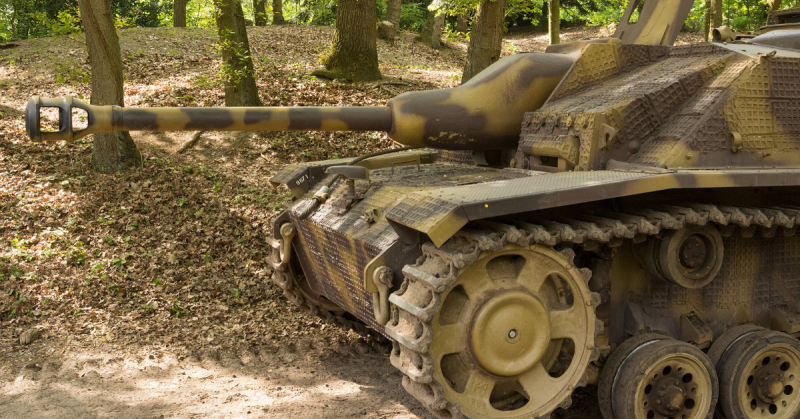There are legends surrounding every war, many of which are inventions of soldiers either terrified or bored depending on their circumstances. These inventions will often include fantastic and unusual elements meant to buoy the spirits, provide amusement, or ease the anxieties of soldiers waiting to face down death.
But in the case of British Major Digby Tathan-Warter, who brought an umbrella to a gunfight while attempting to hold the bridge at Arnheim during Operation Market Garden, the facts are stranger than fiction.
Reports are hazy at best, but word circulating after the operation had him disabling a German tank by thrusting the end of his umbrella through the operations hole and wounding the driver. Another account has Digby walking casually through a mortar field when his battalion chaplain was pinned down, casually opening up his umbrella to give him cover, and then escorting him away from the enemy fire.
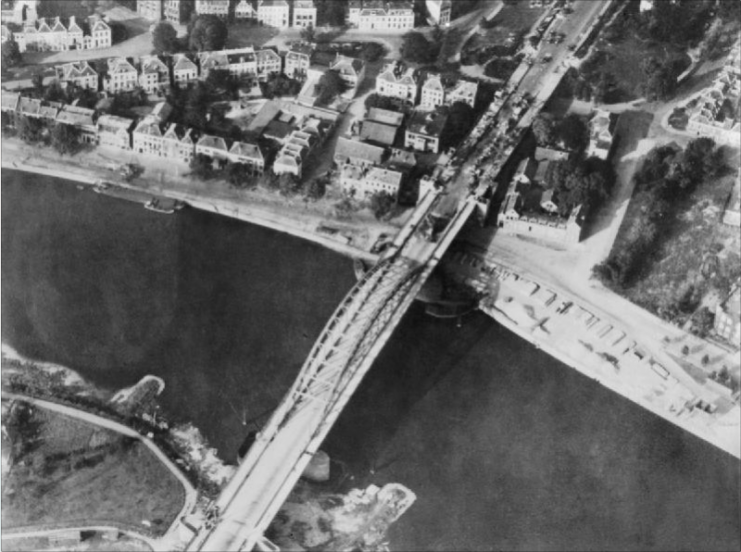
Born in 1917 to a First World War veteran, Digby embarked on his own military career twenty years later. After graduating from Sandhurst Military College, he wanted to join the Indian Army to engage in his passions of pig-sticking, tiger hunting, and anything else that came with the wild safari lifestyle he coveted.
In 1938, he got his wish and joined the 2nd Battalion Oxfordshire and Buckinghamshire Light Infantry. Stationed in India, he missed the majority of the fighting in the early years of the war, until eventually he was transferred to the Parachute Regiment and promoted to the command of A Company of the 2nd Parachute Brigade while they completed their tour in Italy.
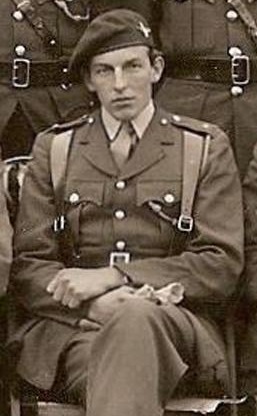
He soon gained a reputation as a cool and calm commander. When this was combined with his well-known propensity for innovation and aggression, it’s no wonder that he was placed in one of the most famous battles of the Second World War. General Montgomery was instructed to secure a bridgehead over the Rhine in the Netherlands as part of Operation Market Garden.
In order to accomplish this, he would require the largest paratrooper airborne assault behind enemy lines in history. Having landed, the paratroopers would be required to secure the bridge and hold the line until being relieved by the supporting armored division.
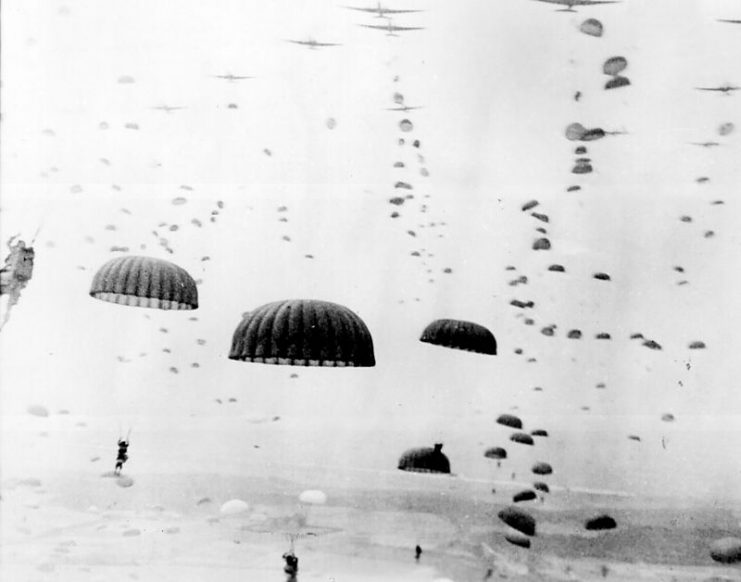
Later on, Digby would explain the presence of the umbrella by saying he always experienced difficulties in remembering passwords after a drop, and he suspected that few would mistake the man carrying an umbrella in the middle of a warzone. But it provided a secondary purpose by injecting a much-needed dose of British wit and humor into a truly serious event. But that was Digby: unconventional and irreverent.
During his training in England, Digby had eschewed radios as unreliable in terms of communication and instead trained his men in bugle calls reminiscent of the Napoleonic wars.
Both the bugle and the umbrella would play their part in his legend. Despite the presence of German armor in the streets, he led his A Company to their positions with speed, bugle calls, and the umbrella. As it turned out, he was correct, and the radios did not function. Once the company acquired their position, they dug their feet in and waited for their reinforcements.
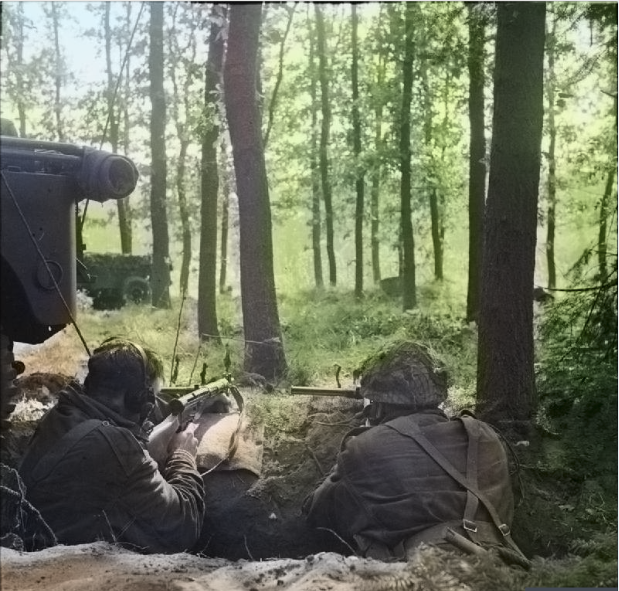
History views the battle for the bridge at Arnhem as a resounding loss for the Allied forces. The armored divisions that should have backed up Digby and his men were held up by determined German resistance. As a result, Digby and his forces not only failed in their objective but were also left at the mercy of German counter-attacks. Over the course of the next three days and four nights, they fought through shortages of food, water, and eventually ammunition. The SS 9th Panzer Division would have taken the bridge, but for Digby who led a bayonet charge with a pistol in one hand and his umbrella in the other. Remarkably, he charged the tanks and successfully pushed them back.
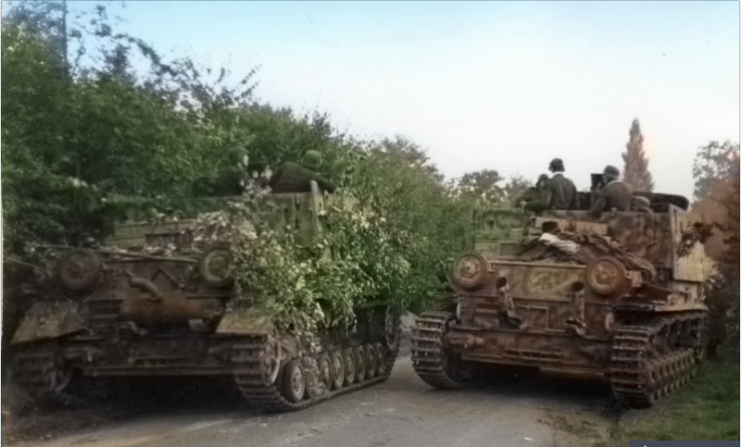
But Digby’s good fortune could not hold out forever. Out of ammunition and now effectively cut off from the rest of the Allied forces, Digby and his remaining men finally surrendered. Wounded, Digby was sent to a local hospital where he and another officer escaped out a window. Now exhausted, hungry, and dehydrated, they took refuge in a farmhouse before being put in contact with the Dutch resistance.
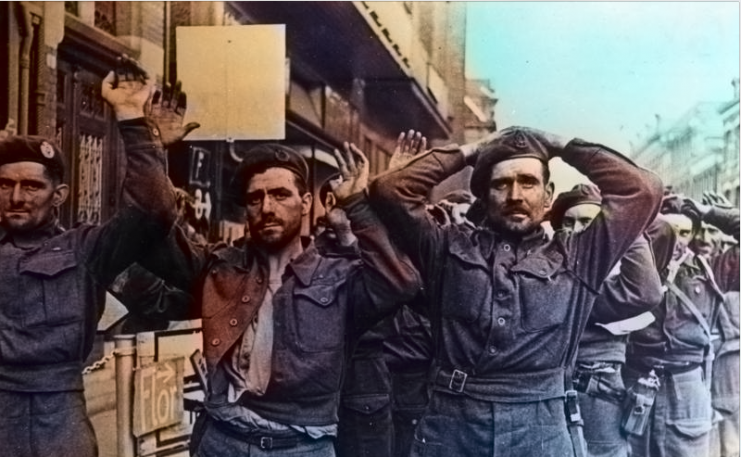
Rather than depart from the war, he decided instead to accept command of the 100 to 200 Allied paratroopers who had been hiding out in the region and providing a substantial drain on resistance resources. Using only a bicycle, some forged documents, and civilian clothing, he traveled in broad daylight through German territory to communicate with his men. On one occasion, he displayed his legendary gall by assisting a German staff officer to get his car out of a ditch.
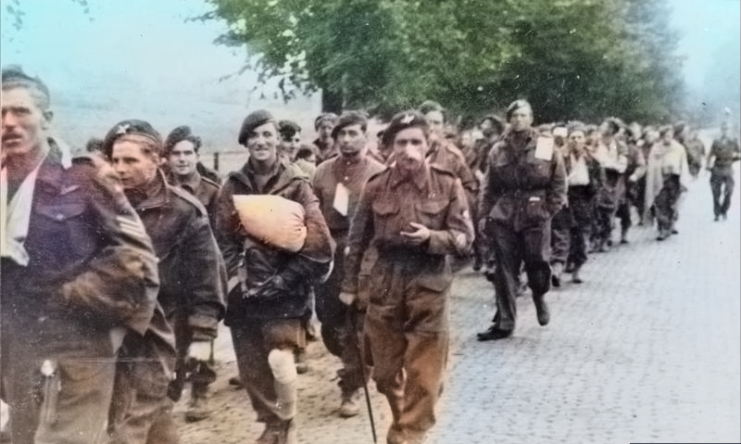
Initially, the plan had been for Digby to lead his resistance forces in sabotage missions, disrupting the German troops from behind the lines, but instead, he ended up leading his 138 men west towards the Allied lines in Operation Pegasus.
Read another story from us: The Planning Flaws of Operation Market Garden
When they came to the Rhine on October 22nd, Digby once again showed his ingenuity by used his torch to flash the “V” in Morse Code. This alerted the soliders of XXX Corps to the position of his men, who were then ferried across the Rhine.
